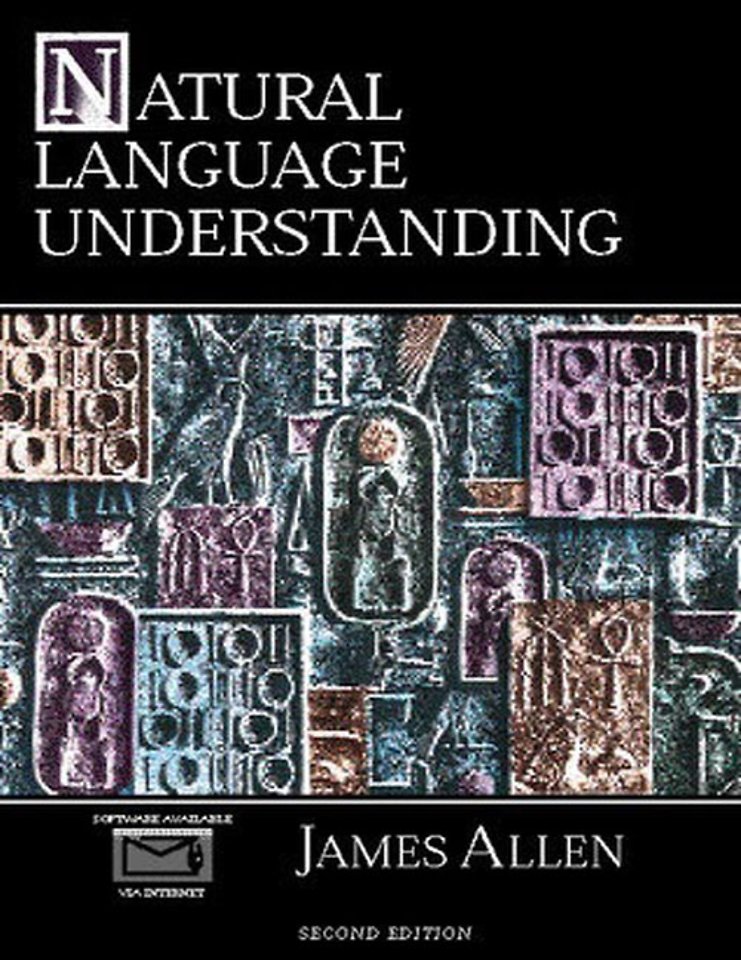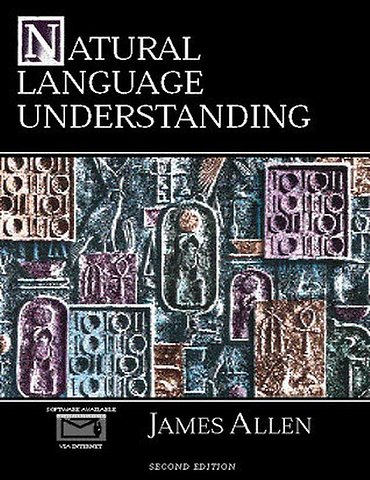Natural Language Understanding
Samenvatting
This long-awaited revision offers a comprehensive introduction to natural language understanding with developments and research in the field today. Building on the effective framework of the first edition, the new edition gives the same balanced coverage of syntax, semantics, and discourse, and offers a uniform framework based on feature-based context-free grammars and chart parsers used for syntactic and semantic processing. Thorough treatment of issues in discourse and context-dependent interpretation is also provided.
In addition, this title offers coverage of two entirely new subject areas. First, the text features a new chapter on statistically-based methods using large corpora. Second, it includes an appendix on speech recognition and spoken language understanding. Also, the information on semantics that was covered in the first edition has been largely expanded in this edition to include an emphasis on compositional interpretation.
0805303340B04062001
Specificaties
Inhoudsopgave
Rubrieken
- cadeauboeken
- computer en informatica
- economie
- filosofie
- flora en fauna
- geneeskunde
- geschiedenis
- gezondheid
- jeugd
- juridisch
- koken en eten
- kunst en cultuur
- literatuur en romans
- mens en maatschappij
- naslagwerken
- non-fictie informatief/professioneel
- paramedisch
- psychologie
- reizen
- religie
- schoolboeken
- spiritualiteit
- sport, hobby, lifestyle
- thrillers en spanning
- wetenschap en techniek
- woordenboeken en taal

